#histmed
Text
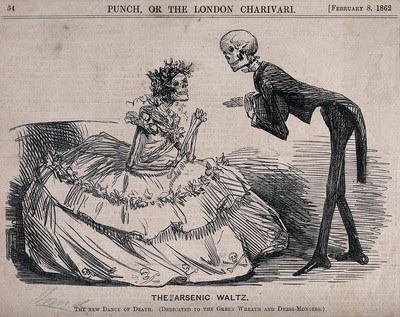
A skeleton gentleman at a ball asks a skeleton lady to dance; representing the effect of arsenical dyes and pigments in clothing and accessories.
Wood engraving, 1862.
Wellcome Collection
#biology#curiosity#anatomy#history#medicine#human skeleton#skeleton#arsenic#histmed#medical art#poison#macabre art#skullart#skull
2K notes
·
View notes
Text
the screw tourniquet, the HICKEY knife, and 19th-century women in trades
I'll be adding to this post as I find more details.
---
The same maker's mark decorates several recovered Franklin Expedition artifacts - including this tourniquet clamp recovered by Schwatka's 1879 expedition near Victory Point. (In this Petit-type model, a band would be threaded through the slots; the "screw" could turn, tightening the band around a limb, to stop circulation.)
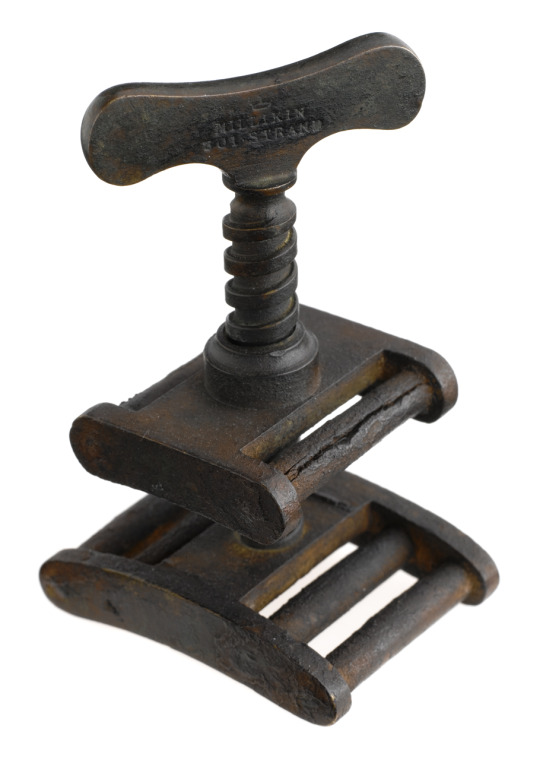
("A Petit's-type wooden tourniquet screw clamp", Royal Museums Greenwich)
During the 2019 season, Parks Canada archaeologists observed another tourniquet clamp in the hold of the Erebus.
(I was slightly intoxicated when I first came across this image and thought it was the most beautiful thing I'd ever seen.)

("This Petit-type tourniquet was documented during remotely-operated vehicle exploration of the main hold, below the lower deck. It almost certainly fell into the hold from above." - Parks Canada)
Because the artifact hasn't been recovered, I don't know the maker - I'd love to have a different angle on this photograph to see whether there are differences between the Schwatka tourniquet and the one currently in situ on the ship. (The thread seems longer on this one & I'm having difficulty visualizing the upper platform.) If this one also contains a Millikin maker's mark, that might indicate that expedition surgeons purchased multiples from the same company. If it's a different maker, that's exciting too - it could mean new leads on business records that might link certain surgeons to certain companies.
Astute observers and fans of the show may notice that another key artifact bears the same mark - the HICKEY knife introduced through John Rae's 1854 expedition. ("MILLIKIN 301 STRAND LONDON" is stamped on the blade.)

("Knife", Royal Museums Greenwich. Several other knives associated with the Franklin expedition are also labeled with Millikin's mark; they have been conveniently grouped in the museums' online database.)
So who was supplying these tools?
In most of the interpretive texts accompanying these artifacts, the authors identify John Millikin, surgeon's-instrument-maker, as the manufacturer. According to Dr. Brian Stevenson's biography entry, Millikin operated a business at 301 Strand from 1815 to 1833.
(William Battersby made a claim in 2009 based on this info that the HICKEY knife was a repurposed surgical blade - I disagree, as Millikin also advertised himself as a cutler at several points in his career. I'm intrigued by the fact that there are multiple different types of instrument sourced from the same manufacturer, though. I'm currently scouring the internet for more information on who was doing the buying.)
Dr. Stevenson's biography also reveals a potentially fascinating detail: that John Millikin died in 1833, leaving his business to his wife Martha. "...that my said Trustees shall permit my said Wife she remaining my Widow to carry on my Trade or Business of a Surgical Instrument Maker and to use and employ for that purpose such parts of my personal Estate and Effects as shall be then used or employed as capital therein..."

(John Millikin's will, sourced by Dr. Stevenson through ancestry.com. Highlights mine.)
Stevenson notes that Martha would move the business to 161 Strand "between 1844 and 1847" and would ultimately still operate it under her husband's name until her death around 1854. Obviously, things can be obtained secondhand - but if these artifact instruments were purchased new in that 1833-1844 window, there might be a chance that these naval officers interacted at 301 Strand not with John but with Martha Millikin, surgeon's-instrument-maker.
The world of nineteenth-century trades in London is a large one, and something in which I have absolutely no expertise, but I'm always curious as to the involvement of women in medical- and surgical-related businesses. At any rate, I think it might add yet another layer of complexity to the Franklin artifacts. :)
#the terror#histmed#cornelius hickey#i'm putting together some details that haven't been united quite yet - lots of information out there but existing in separate spheres#tourniquet#archaeology#woooo business history
20 notes
·
View notes
Photo
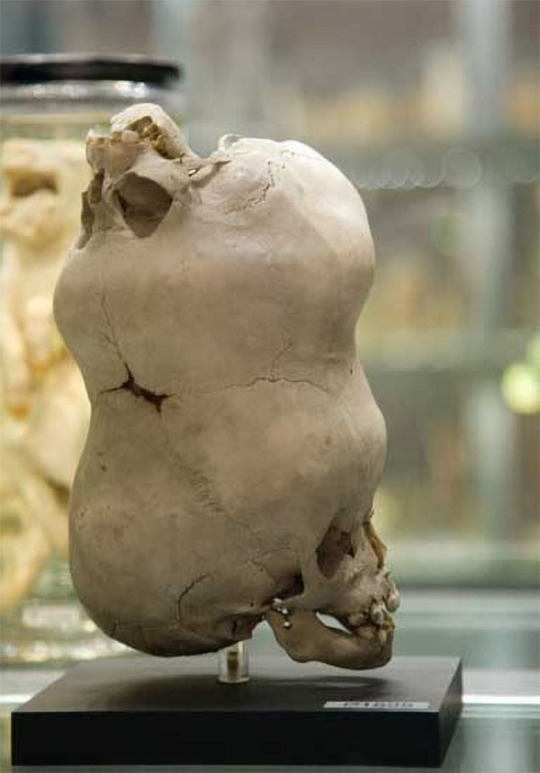
The skull of the Two-Headed Boy of Bengal at the Hunterian Museum in London.
#oddities#curiosities#histmed#medical history#wunderkammer#cabinet of curiosities#london#medical oddity#twins#history#museum#travel#explore
66 notes
·
View notes
Link
Did you know that the Black Panther Party for Self-Defense had a number of medical research groups that focused on illnesses such as sickle cell anemia that were under-studied because they were considered to be "black diseases."
Read: “Body and Soul: The Black Panther Party and the Fight against Medical Discrimination" by Alondra Nelson
2 notes
·
View notes
Text
Home Doctor on SALE!
his is the only physical book you need when medical help is not on the way:
The Home Doctor: Practical Medicine for Every Household
It’s a unique guide for the layman that you can use to manage common health ailments at home when seeing a doctor or going to a hospital is off the table.
The book is written by Dr. Maybell Nieves, a front-line doctor from Venezuela who has saved hundreds of people through one of the worst crises in modern history.
The ingenious methods she developed are found in this book and can be self-applied at home. That makes them extremely valuable if the medical system cannot be depended on, like during long-term blackouts for example.
32 Home Treatments That Can Save Your Life one Day

Having a way left to treat yourself or your loved ones during dark times is one of the most important steps you can take to survive them. It’s no secret that in any crisis it is a disease that ends up claiming the most lives.
#doctor#med student#histmed#medart#medical history#medical art#stamps#postage stamps#mail stamps#heart#cardiology#cardiac surgery#who#surgeon#ecg#cardio#art#history#vintage#anatomy#med school#med stuff#medblr#studyblr#🫀#💌#valentine’s#mine
0 notes
Note
hii, do you have any reading recs for where to start in terms of the history of medicine? thank you so much and i adore reading your succession analysis
if you're new to this subfield i would recommend starting out by just thumbing through the cambridge history of medicine (2006, ed. roy porter). you don't have to read every word in here, but definitely the introduction and any chapters that look particularly relevant to your interests. there are also some medical chapters scattered throughout the cambridge history of science volumes. cambridge volumes are often limited to europe and north america, and they're generally not methodologically daring, so you don't want to get stuck on them forever. but as a starting point, they can help you start to recognise a few influential names in the field, and give you a sense of what the history of medicine 'canon' is & draws from.
after that you can start to get more specific. history of medicine is a bit of a misnomer field in that it contains a few distinct-but-overlapping subject areas: histories of diseases themselves (this will cross into history of biology, paleo-virology, molecular archaeology, genetics, &c); histories of sickness (often drawing from affect theory, disability studies, and history of emotions); histories of medical practice and practitioners (philosophy of health and medicine, labour history, studies of class and discipline formation, military history); histories of public health (broader population thinking, archaeology and anthropology, history of hygiene, history of state formation and biopolitics); histories of medical devices and instruments (history of technology, material history, economic and industrial history). you'll also serve yourself well if you have some sense of specific time periods and places you're interested in—not that i'm telling you to be close-minded, but it just helps if you have some idea of what you're looking for.
you are more than welcome to come back and ask about a more specific sub-topic :-) since you've basically given me free reign, i'll just toss out a few histmed books i've particularly enjoyed, in no particular order:
medicalizing blackness: making racial difference in the atlantic world, 1780–1840, by rana hogarth (2017)
the expressiveness of the body and the divergence of greek and chinese medicine, by shigehisa kuriyama (1999)
doctoring traditions: ayurveda, small technologies, and braided sciences, by projit mukharji (2016)
plague and empire in the early modern mediterranean world: the ottoman experience, 1347–1600, by nukhet varlık (2015)
killing the black body: race, reproduction, and the meaning of liberty, by dorothy roberts (1997)
hearing happiness: deafness cures in history, by jaipreet virdi (2020)
pasteur's empire: bacteriology and politics in france, its colonies, and the world, by aro velmet (2020)
contagion: disease, government, and the 'social question' in nineteenth-century france, by andrew aisenberg (1999)
colonial madness: psychiatry in french north africa, by richard keller (2007)
curing the colonizers: hydrotherapy, climatology, and french colonial spas, by eric t jennings (2006)
ideals of the body: architecture, urbanism, and hygiene in postrevolutionary paris, by sun-young park (2018)
125 notes
·
View notes
Note
History of medicine Ph.D? I would LOVE to hear more
thanks for asking! yeah! i'm doing a transnational examination of british military medicine in the early 19th century and seeing what kind of emotions soldiers had in response to medical treatment (both surgical and disease), then analyzing what those emotional responses can tell us about embodied ideas of gender, race, and nationalism :)
but i tend to teach more broadly in histmed!
6 notes
·
View notes
Text
In the 1930s, Listerine cigarettes were created. The tobacco was infused with the same antiseptic oils used in the mouthwash for a "cooling and soothing effect." Listerine cigarettes were evidently not very popular because there is almost no record of their existence.
#histodons #histodon #histmed #histsci #DYK #medhist #medmastodon
A green tin advertising Listerine Cigarettes.
Back of the green tin which claims the cigarettes are meant to be "cooling and soothing." https://mastodon.world/@DrLindseyFitzharris/110050525473841606
1 note
·
View note
Text
Veterinaria canina pdf
VETERINARIA CANINA PDF >>Download (Herunterladen)
vk.cc/c7jKeU
VETERINARIA CANINA PDF >> Online Lesen
bit.do/fSmfG
mascotas europa
solicitud de exportación de mascotas
certificado de vacunación perrosperros en lufthansa
pasaporte para perros españa
pasaporte para perros precio
chip europeo para perros
certificado de salud veterinario
Slide 96 of 174 of Farmacologia veterinaria en perros y gatos. pdf farmacos. Mehr erfahren. Encarnación Carmen Ruiz Rodríguez. Folgen. pdf farmacos. Puede leer el histologia veterinaria dellmann youtube online o fisiología veterinariahistología veterinaria dellmann pdf D. R. ANATOMfA CANINA. La sezione successiva («La medicina veterinaria nel Medioevo latino») biusante.parisdescartes.fr/ressources/pdf/histmed-asclepiades-pdf-. de control sobre una adaptación de Ortesis veterinaria para la rehabilitación de rodilla en caninos de la Fundación PAE Name: T-ESPE-040367.pdf. Se permitirá la introducción de mascotas (perros, gatos y hurones) en la La revisión del médico veterinario deberá reportar que la mascota no presenta. PUEBLO LÓPEZ CENTRO VETERINARIO FUENGIROLA. Urb. Pueblo López. LOS BOLICHES CLÍNICA VETERINARIA fb.com/Peluqueria-Canina-Friends-1747607922153325. Armando Padilla, Director General de Impulsora Veterinaria Padisa junto a los las mejores actualizaciones en el ramo de la Medicina Felina y Canina!
, , , , .
1 note
·
View note
Text

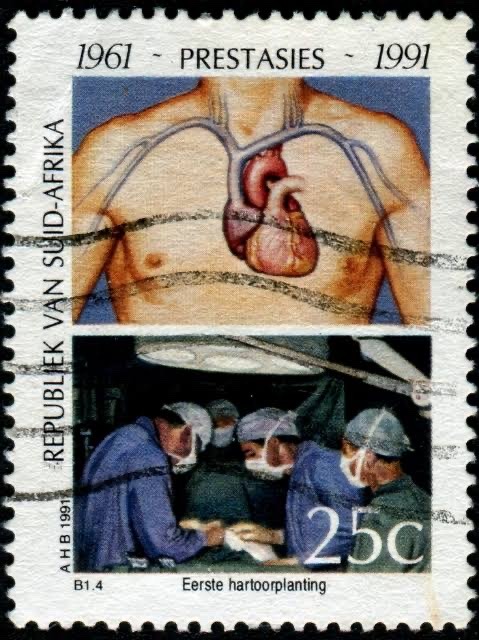


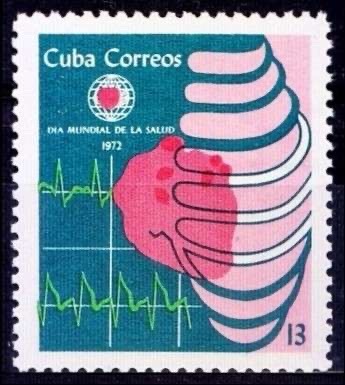
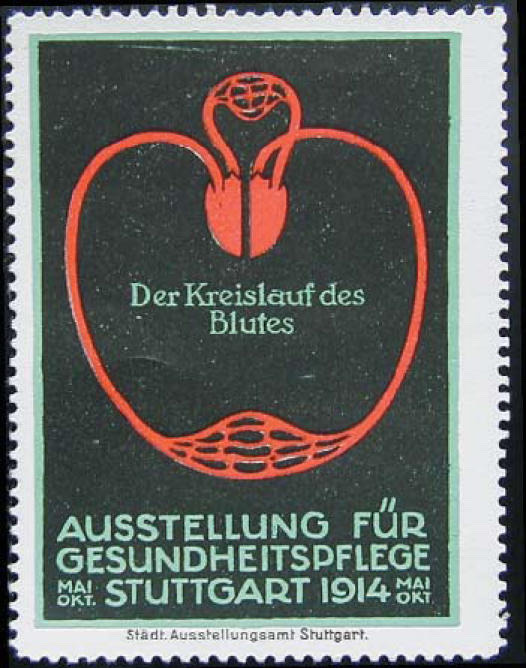
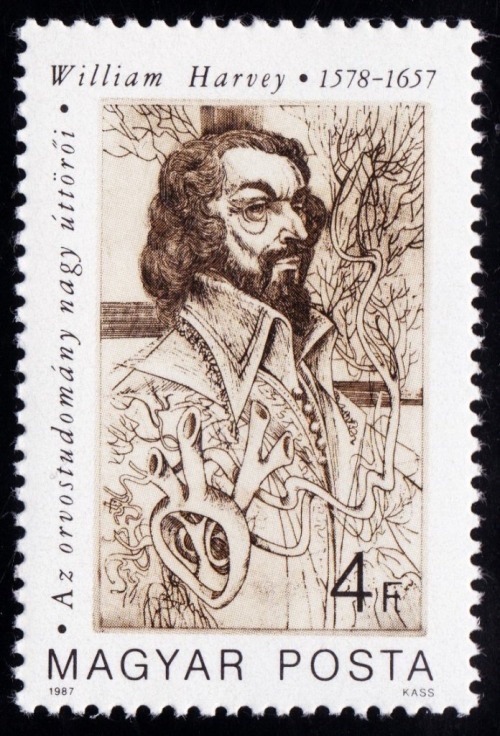
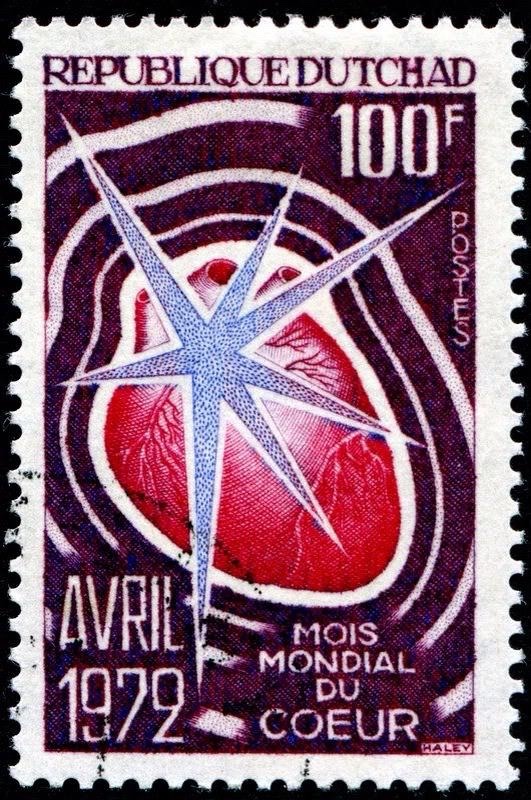

some of my favourite cardiology themed postage stamps from the past
#doctor#med student#histmed#medart#medical history#medical art#stamps#postage stamps#mail stamps#heart#cardiology#cardiac surgery#who#surgeon#ecg#cardio#art#history#vintage#anatomy#med school#med stuff#medblr#studyblr#🫀#💌#valentine’s#mine
17K notes
·
View notes
Text
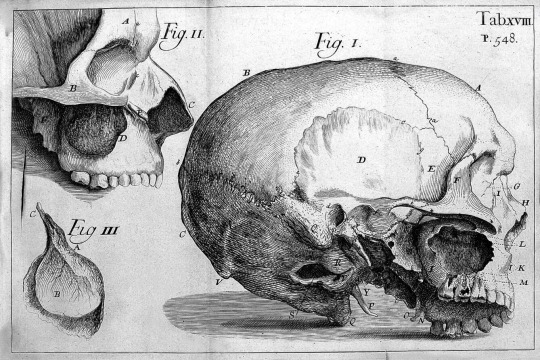
Illustration of a skull
Wellcome collection
#own post#biology#history#curiosity#medical#anatomy#medicine#human anatomy#art#art history#science history#anatomical illustration#artefact#histmed#science#macabre#anatomical#vintage#human skeleton#death#human skull
204 notes
·
View notes
Text
treating a case of snow blindness on the HMS North Star, 1853
The HMS North Star was, according to a comment from the National Archives, involved in the "last expedition in search of John Franklin...organised by the Admiralty." (ADM 101/110/3, National Archives, Kew)
from surgeon Robert McCormick's medical journal:
William Blackler, AB, aged 27, appears to have been taken ill with a simultaneous (unrelated) chest infection, a pain - a "burning hot sensation compared to liquid lead" - in his eyes whenever tears formed, and a "very great intolerance of light". McCormick noted that snow blindness was common when light reflected at specific angles onto the eye.
so how did he treat it?...
Wine of opium ("vinum opii"), in eye drops given twice a day. McCormick loves wine of opium for this: he notes "some cases [of snow blindness were] cured in two days". Here's one contemporary receipt:
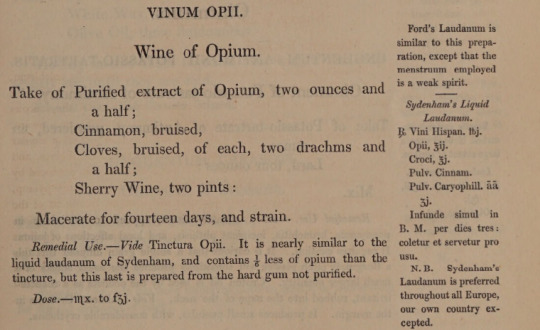
(G.F. Collier, A translation of the new pharmacopoeia of the Royal College of Physicians of London [...], 1840, 235.)
A fascinating detail, looking back at Cyriax's analysis of the Victory Point medicine chest, is that the chest encountered by rescue missions contained rectified spirit, but no sherry, wine, or other vinous menstruum. Were the anonymous Victory Point clinicians to use the same method for treating snow blindness, they may have had to substitute the tincture.
2. Chloride of mercury (hydrargyri chloridi), at first in a six-grain dose, then a five-grain dose. Although it's difficult to figure out whether McCormick intended this medicine to treat Blackler's eye inflammation or his chest issues, the surgeon may have wanted to raise a slight 'mercurial irritation' over time to ease the general inflammatory symptoms. (or, based on the dosage levels, a laxative.)
(I'll just insert the chloride of mercury excerpt from Collier):

(Collier, A translation of the new pharmacopoeia [...], 154.)
McCormick treats Blackler from the "latter end of April" through May 8, 1853. Evidently there was also an eye bandage involved, finally taken off on May 4 once Blacker was "able to bear the light for a few hours", but there were no details given re: material of bandage or date of its first application. (sad)
Always a good reminder to wear your snow goggles!
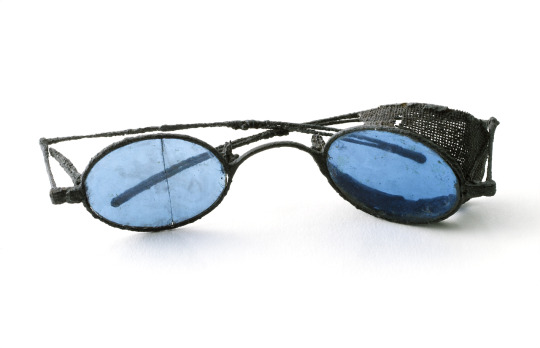
(Royal Museums Greenwich)
8 notes
·
View notes
Photo

WEIRD BOOK WEDNESDAY: The Facemaker! Lindsey Fitzharris, author of The Butchering Art, explores pioneering plastic surgeon Harold Gillies' work to fix the brutally destroyed faces of WWI soldiers. Available now on Amazon.
More: Recommended Reading
#weird book club#cult of weird#history#medical history#histmed#book#reading recommendations#book rec#oddities#curiosities#wunderkammer#cabinet of curiosities#wwi#booklover
11 notes
·
View notes
Photo

Sadistic German serial killer Peter Kurten’s head on display in Wisconsin Dells
#wisconsin#weird wisconsin#wisconsin dells#travel#explore#dark tourism#dark tourist#ripley's believe it or not#anatomy#histmed#serial killer#true crime#oddities#curiosities#wunderkammer#cabinet of curiosities#science#horror
824 notes
·
View notes
Text
Could anyone give me any advice?
I’m currently in my final year studying BA History and Politics, and am in the process of applying for a scholarship to study MA History of Medicine. For the application I need to write an diss proposal, it only needs to be a side of A4 and I have some ideas but no idea how to tell if they have potential or where to take them from here. If anyone has any advice or experience with these sorts of applications or with the field it would be amazing to run some ideas past you. Thanks!
#kind of bananas that i made this blog to motivate me for gcse revision and now im using it for a masters application#im getting old#studyblr#studyblog#uni#university#history#politics#medical history#history of medicine#early modern#histmed#masters#postgrad#postgraduate#dissertation#diss proposal#advice#studying#student#historian#research#studyspo#exams#notes#academia#women in academia
10 notes
·
View notes
Text
instagram
If I havent recommended @hotlikesriracha 's histmed instagram, then I am now. It's very cool
27 notes
·
View notes